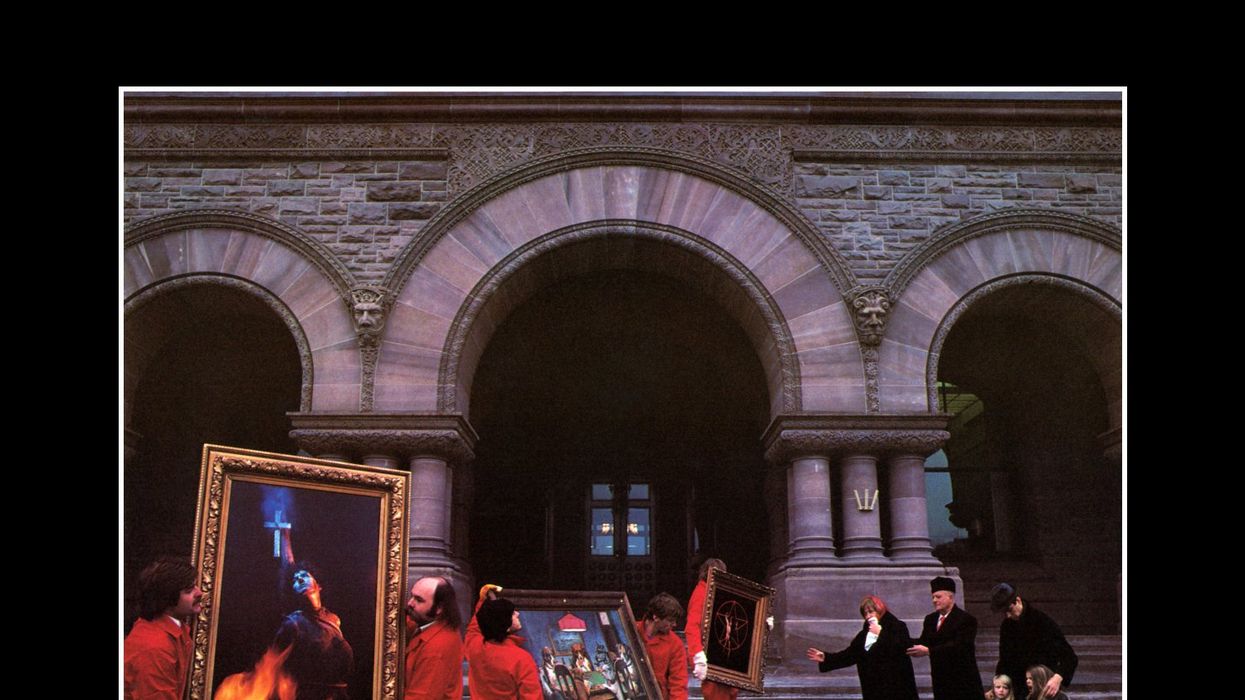Intermediate
Beginner
•Learn the chordal and rhythmic approach behind some of the Foo Fighters' most iconic songs.
•Create jangly chords that use ringing open strings.
•Develop a deep appreciation for grungy dissonance.
One of the most inspiring and emotionally charged live performances I've ever experienced happened this past June when Foo Fighters inaugurated a post-COVID return of live music to the fabled Madison Square Garden. Armed with his signature Gibson DG-335 and a quarter-century's worth of anthemic hits and fan favorites, Foos leader Dave Grohl and his cohorts kept 20,000 ecstatic New Yorkers on their feet for two and a half hours with barely a pause. The magnificent engine that drives this iconic band is an obvious but perhaps under-appreciated ingredient to their sound—namely Grohl's propulsive, hook-laden rhythm guitar playing. And much like his drumming during his tenure with legendary grunge pioneers Nirvana, Grohl's rhythm guitar skills are a mighty bedrock to build on. In this lesson, we will explore some of the guitar techniques from the Foo Fighters' catalog of epic fist-in-the-air bangers!
Flyin’ Lessons
Let's start with the two chord grips shown in Ex. 1. Grab a garden-variety open E chord using your 2nd, 3rd, and 4th fingers. This fingering allows you to move the shape up the neck while leaving your 1st finger free to grab the root note on the 6th string while letting the two highest strings ring out. Like a barre chord, this voicing can be slid up and down the neck. This fretboard strategy was a favorite move of Rush's Alex Lifeson and it's no secret that Dave Grohl is an unabashed Rush fan.
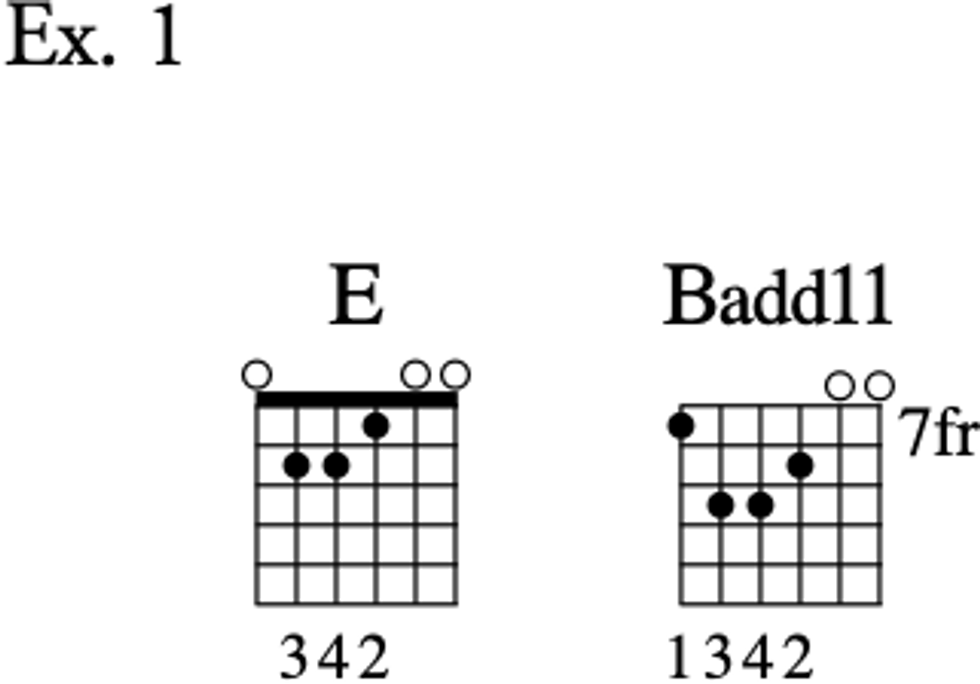
Play through Ex. 2 to get a feel for how Grohl appropriated this cool chordal trick to enliven such Foo tunes as "This Is a Call" and "Learning to Fly." Remember to keep your hand in place and let each chord ring throughout the entire measure's arpeggio.
Ex. 2
Foo Fighters - Learn To Fly (Live At Wembley Stadium, 2008)
Octave-ate
One recurring sonic weapon in the mighty Foo Fighter arsenal is the use of sliding octave shapes which are often played against open 6th- and 5th-string drones. Familiarize yourself with the two octave fingerings in Ex. 3. The first involves a two-fret stretch and the second uses a three-fret stretch. I recommend using your 1st and 4th finger for both.
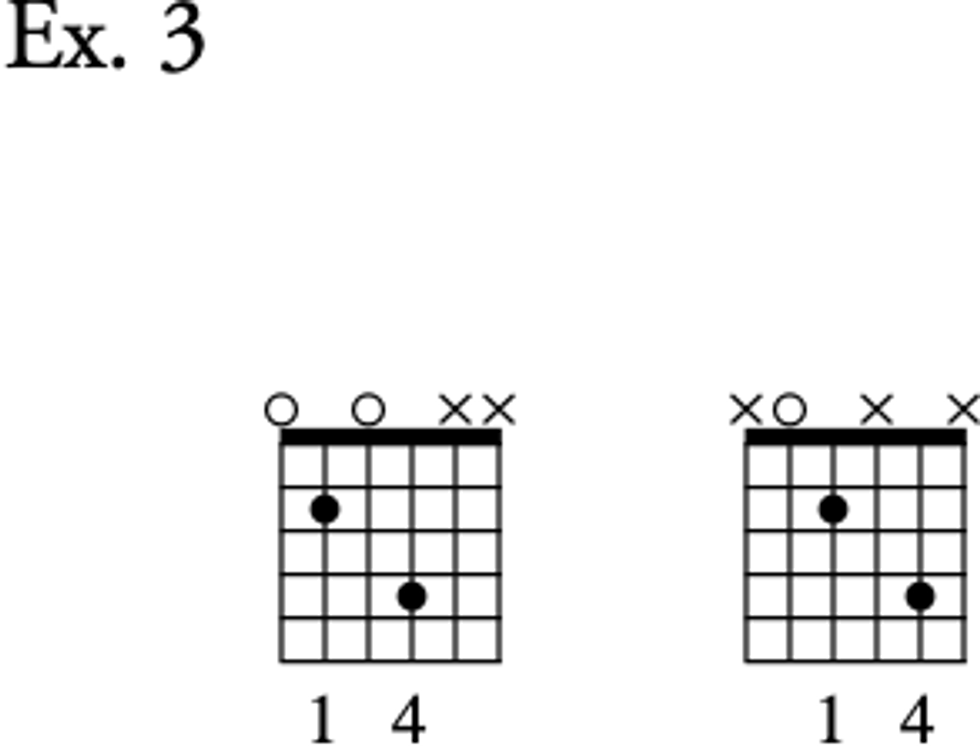
Once you have these in your muscle memory, have a go at Ex. 4, which pits the shapes against droning open strings, turning what might've been an otherwise pedestrian E to A change into a melodic riff with major 6, major 7, and major 9 color tones. You can use either all downstrokes or alternate strums to help catch the vibe of the pre-choruses to "Everlong," the chorus of "Best of You" and "My Hero" or the main riff of "Learning to Fly."
Ex. 4
Foo Fighters - My Hero (Reading + Leeds 2019)
(Odd) Times Like These
One compositional tactic Grohl seems to have mastered is the use of tension and release. More specifically, the juxtaposition of a disjointed dissonant part against a harmonically/melodically satisfying one. This is often accomplished with a highly syncopated or odd-metered rhythmic attack or the deployment a harmonically ambiguous chord voicing such as the Dm7(no 3rd) in Ex. 5 which can be slid up or down chromatically for added angst.
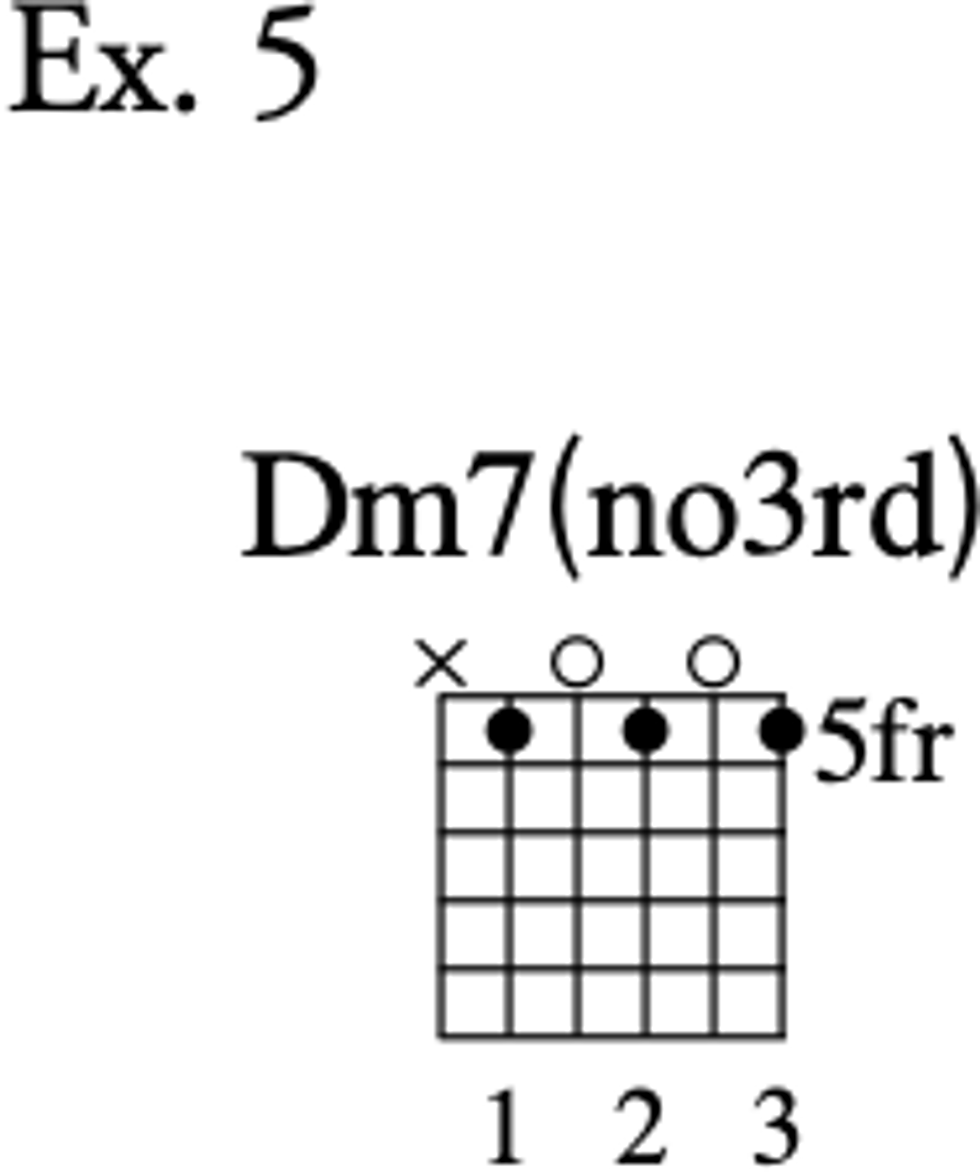
To hear these techniques in action, listen to the opening chord salvo and 7/4 groove of the soaring intro of "Times Like These," or the brutal rhythm guitar fisticuffs during the verses of "All My Life." Then play through Ex. 6 to see how they can be easily applied. When listening to the recorded example, notice the guitar is silent on beat one of the 7/4 measure leaving the bass to sound the downbeat, creating an evocative "call-and-response" effect.
Ex. 6
Foo Fighters “All My Life” on the Howard Stern Show
Colourful Chord Shapes
The Foo Fighters' 1995 eponymous debut album—which was essentially written and recorded entirely by Grohl—proved that he was more than just an exceptional drummer, but it was 1997's follow-up The Colour and the Shape that solidly established them as one of the great rock bands of their generation. Not surprisingly "Everlong," a song from that release, has gone on to became the band's "de facto" anthem. In order to deconstruct this modern rock masterpiece, you'll need to be in drop-D tuning, which requires lowering your guitar's 6th string down a whole step (making its tuning D–A–D–G–B–E, low to high). Most of the chord shapes during the song's verse are some variation of the standard-issue D5 shown in Ex. 7.
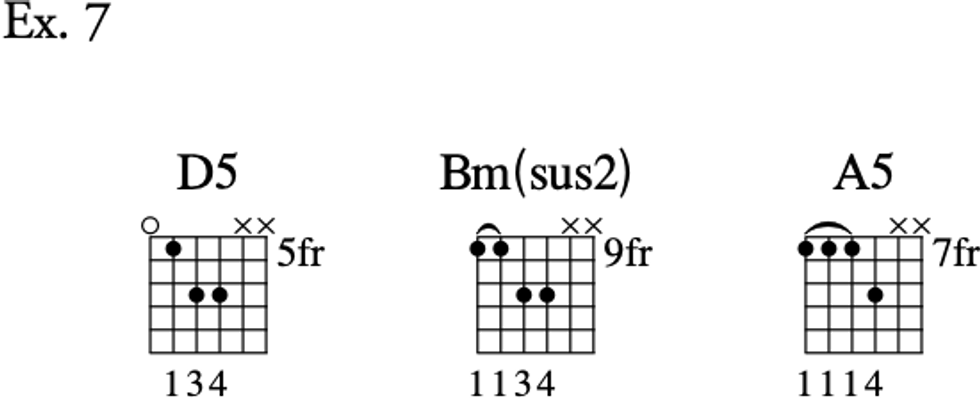
Slide it up to the 9th position while extending your first finger for a partial barre of the bottom two strings to sound the Bm(sus2), then slide it down another whole step to the 7th position while lifting your third finger to grab the A5.
Once you've mastered these three basic variations, use them in several positions to play through Ex. 8. Although not a note-for-note transcription, playing this example with downstrokes should put you in the ballpark for sleuthing out the inimitably iconic intro to "Everlong."
Ex. 8
Stacked and (Un-Stacked) 6-Strings
Although the Foo Fighters are a quintessential rock band in many respects, something you won't really find in their music is gratuitous guitar solos. Instead of fretboard gymnastics, Grohl's 6-string co-conspirators ( Chris Shifflett since 1999, and Pat Smear since 2010 who rejoined after touring with the band during their earliest incarnation) generally focus on adding complementary melodic lines voiced on the high strings. This less-is-more approach is demonstrated in Ex. 8—a single-note melody articulated against an open-high-E drone.
While this melodic phrase may sound pleasant enough on its own, it really springs to life when layered on top. You can hear this juxtaposition on the repeat of the audio example or you can check out the general technique in action on Foo Fighter essentials like "Everlong" Monkey Wrench," "My Hero," and "Walk."
Foo Fighters - Everlong (Live At Wembley Stadium, 2008)
Grace Notes
After being inducted into the Rock and Roll Hall of Fame this past year, the Foo Fighters can rightfully take their place alongside the great hard rock bands of all time. And like many of the all- time greats, The Foos are equally adept rocking out on acoustic steel-strings as they are when cranked through high-gain stacks. One particularly poignant acoustic moment from the album Echoes, Silence, Patience, and Grace is the instrumental "Ballad of the Beaconsfield Miners" which was inspired by two miners in Australia who requested an iPod loaded with Foo Fighters songs be sent down to them during the rescue mission after the mine they were in collapsed. (They were eventually freed unharmed, and met up with a visibly moved Grohl who played the song for them personally.) This full-throttle fingerstyle excursion revolves around rapid open-string hammer-ons and pull-offs like those in Ex. 9, and was originally recorded as a duet with guitar virtuoso Kaki King.
Ex. 9
Foo Fighters Sydney 2018 - Ballad of the Beaconsfield Miners
When it comes to great songwriting, Dave Grohl and Foo Fighters are arguably the standard-bearers of modern rock. Hopefully this deep dive into some of their compositional techniques will not only give you a greater appreciation for the band, it'll inspire you to incorporate new ideas into your own writing and playing.






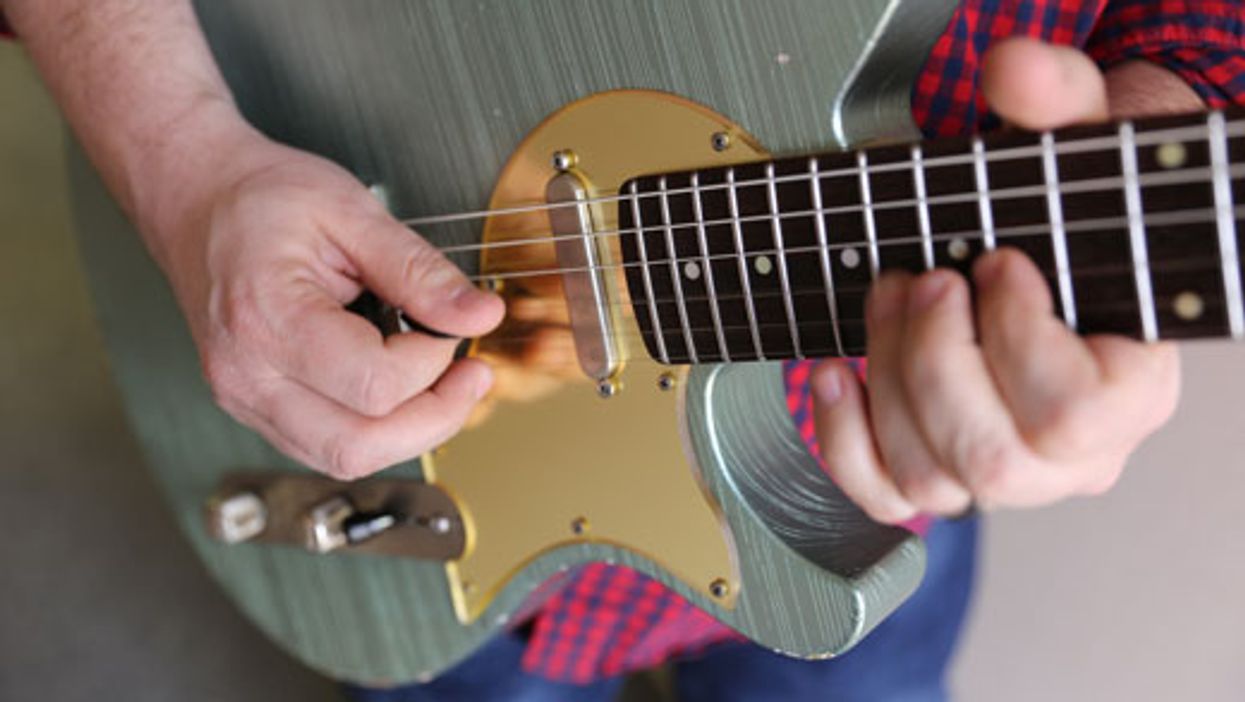


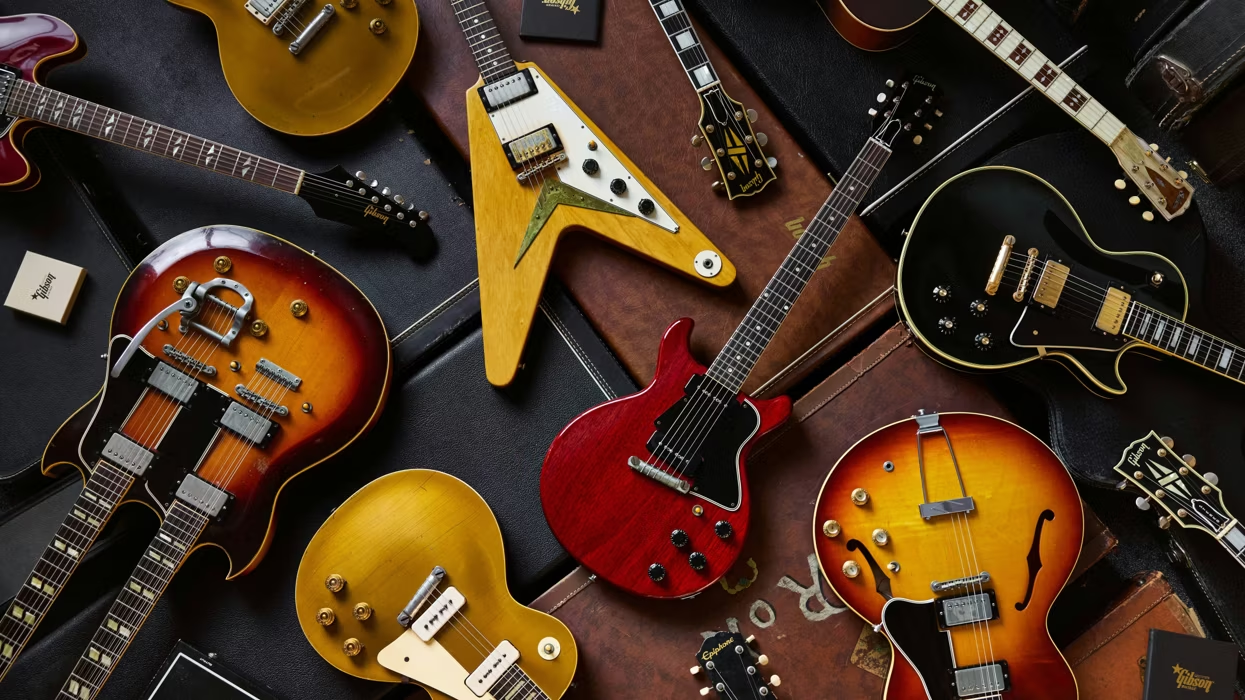

![Rig Rundown: Russian Circles’ Mike Sullivan [2025]](https://www.premierguitar.com/media-library/youtube.jpg?id=62303631&width=1245&height=700&quality=70&coordinates=0%2C0%2C0%2C0)





